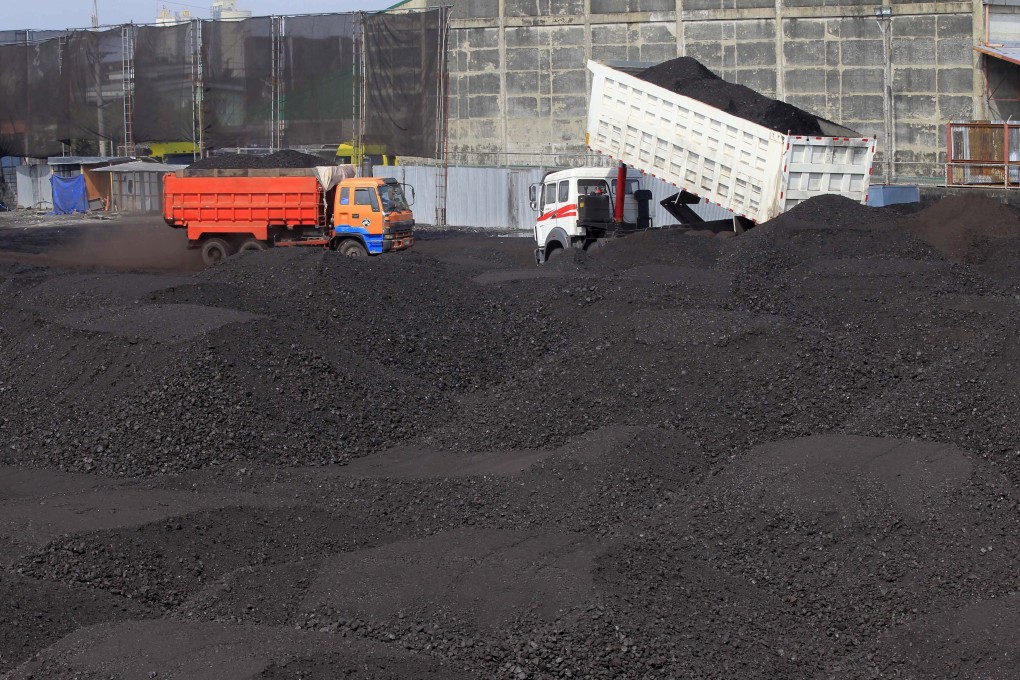Letters | Singapore shows how the finance sector can best tackle climate risk
- Readers discuss why Hong Kong should pay attention to Singapore’s climate transition approach, physical education, the JoyYou transport subsidy scheme, and Kamala Harris

Feel strongly about these letters, or any other aspects of the news? Share your views by emailing us your Letter to the Editor at [email protected] or filling in this Google form. Submissions should not exceed 400 words, and must include your full name and address, plus a phone number for verification
The review found that banks and insurers were likely to incur significantly higher financial losses in an abrupt transition. Banks and insurers heavily invested in fossil fuels are likely to be most affected by climate change.
Credit losses by banks with bad loans in fossil fuels and other climate-related sectors could rise to 2.4 per cent, 50 per cent higher than in a smooth transition. Investment losses could be as high as 3.1 per cent of banks’ market portfolios in an abrupt transition versus 2.2 per cent in a smooth transition. Meanwhile, an abrupt transition would see insurers face investment losses of 4.5 per cent, compared to 2.9 per cent in a smooth one.
For banks, the sectors with the most climate transition risks are coal, power plants using fossil fuels and energy-intensive manufacturing of cement, iron and steel. Even though these sectors make up a comparatively small portion of banks’ credit exposure, they still have the potential to cause substantial losses.
Insurers also face the prospect of large investment losses, particularly in fossil fuels and energy-intensive manufacturing. The building and construction sector, which is 32.4 per cent of insurers’ climate-related market exposure, is the largest single concern. Conversely, the coal sector represents just 0.03 per cent of market exposure amid a strategic shift away from coal.
